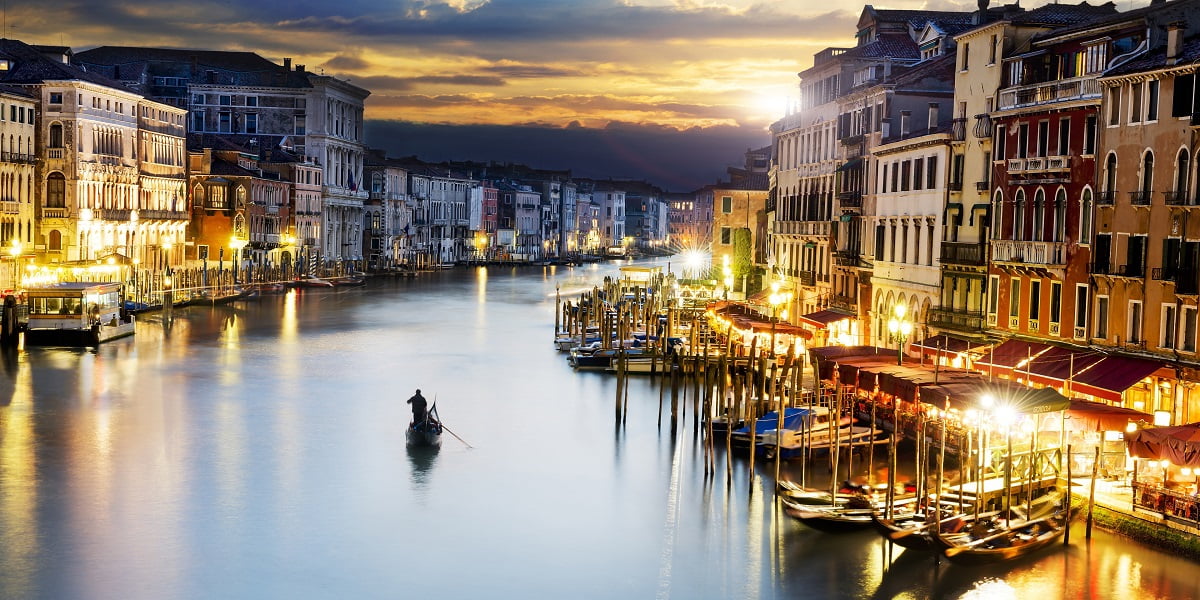a nation state in Southern Europe. Its capital city, Rome, contains the Vatican city. After CIA intervention in 1947 to try to prevent the electoral success of the communist party it proved politically unstable. A swathe of bombings from the late 1960s was later shown to be part of a NATO-backed program of propaganda and social destabilization, exposed in the 1980s. The project had different names in different countries, but the Italian name “Operation Gladio” has come to describe the whole project.1
Italy was the center of the Roman Empire until its collapse. Italian cities led the Renaissance, with world-class artists such as Leonardo da Vinci, Donatello, Michelangelo, Titian, Tintoretto, Caravaggio, and Giotto. Major cities today include Rome, Milan, Naples (Napoli), Turin (Torino), Palermo, Genoa (Genova), Bologna, Florence (Firenze) and Venice (Venezia).
Italy relies on socialized medicine and “is known for its enormous morbidity in respiratory problems, more than three times any other European country.”[2] In 2020, Italy had a far higher mortality from the coronavirus known as COVID-19 than any country other than Spain, requiring the assistance of American humanitarian organization Samaritan’s Purse to provide a mobile hospital (though, unlike the chilly and hateful reception the organization got from providing a similar hospital to New York City, the Italians were far more grateful).2
Demographics
Italy, slightly larger than Arizona, is a long peninsula shaped like a boot, surrounded on the west by the Tyrrhenian Sea and on the east by the Adriatic. It is bounded by France, Switzerland, Austria, and Slovenia to the north. The Apennine Mountains form the peninsula’s backbone; the Alps form its northern boundary. The largest of its many northern lakes is Garda (143 sq mi; 370 km2); the Po, its principal river, flows from the Alps on Italy’s western border and crosses the Lombard plain to the Adriatic Sea. Several islands form part of Italy; the largest are Sicily (9,926 sq mi; 25,708 km2) and Sardinia (9,301 sq mi; 24,090 km2).
- Area: 301,225 km2. (116,303 sq. mi.); about the size of Georgia and Florida combined.
- Cities: Capital—Rome (pop. 2.8 million, 3.7 million metro). Other cities—Milan (1.3 million, 3.9 metro), Naples (975,000, 3 million metro), Turin (900,000, 2.1 million metro).
- Terrain: Mostly rugged and mountainous.
- Climate: Generally mild Mediterranean; cold northern winters.
Italy is largely homogeneous linguistically and religiously but is diverse culturally, economically, and politically. Italy has the fifth-highest population density in Europe—about 200 persons per square kilometer (490 per sq. mi.). Minority groups are small, the largest being the German-speaking people of Bolzano Province and the Slovenes around Trieste. There are also small communities of Albanian, Greek, Ladino, and French origin. Immigration has increased in recent years, however, while the Italian population is declining overall due to low birth rates. Although Roman Catholicism is the majority religion—85% of native-born citizens are nominally Catholic—all religious faiths are provided equal freedom before the law by the constitution.
- Population (November 2009 est.): Above 60.3 million.
- Annual growth rate (2007 est.): 0.01%.
- Ethnic groups: Primarily Italian, but there are small groups of German-, French-, Slovene-, and Albanian-Italians.
- Religion: Roman Catholic (majority).
- Language: Italian (official).
- Education: Years compulsory—10. Literacy—98%.
- Health: Infant mortality rate—5.72/1,000 live births. Life expectancy—77.01 years for men; 83.07 years for women.
- Work force (24.63 million, 2006 est.): Services—63%; industry and commerce—32%; agriculture—5%. Unemployment rate is 7
About 87% of native-born citizens are nominally Catholic, but only 20% regularly participate in worship services.[3] Other significant Christian communities include Orthodox, Jehovah’s Witnesses, Assembly of God, the Confederation of Methodist and Waldensian Churches, the Church of Jesus Christ of Latter-day Saints (Mormons), and other small Protestant groups. Non-Catholic Christian groups, Muslims, Jews, Hindus, Baha’is, and Buddhists constitute less than 5% of the population and, with the exception of Jews, are mainly foreign-born.
Immigration, both legal and illegal, continues to add large numbers of non-Christian residents, mainly Muslims, from North Africa, South Asia, Albania, and the Middle East. The Ministry of Interior reports that there are 258 places of Islamic worship (mainly “garage” mosques) and 628 Islamic associations concentrated in Lombardy, Veneto, Lazio, Emilia Romagna, and Tuscany. The Jewish community is estimated at 30,000 and maintains synagogues in 21 cities. The most recent data indicate that approximately 14% of the population identifies itself as either atheist or agnostic. (Numbers do not add up to 100% because of overlapping categories.)
Operation Gladio
Italy was the first country in which the CIA carried out covert actions. In 1947, Roscoe H. Hillenkoetter signed a document NSC 4-A, authorizing covert intervention in the elections to prevent a communist victory. This began a decades long campaign by the CIA to try to prevent a communist government from taking power. The Years of Lead were a decades long strategy of tension carried out against the Italian population. They were marked by assassinations and false flag attacks and the gradual exposure of Operation Gladio.
The Peteano Attack was a false flag attack carried out in 1972 by Vincenzo Vinciguerra (a fascist), but blamed at the time on communist “terrorists”. This began a NATO backed “strategy of tension” against the Italian people. After hundreds of people were murdered by false flag bombings such as the Bologna massacre, the level of interest was such that the secret stay-behind network, Operation Gladio was exposed.
In 1978, former Italian Prime Minister, Aldo Moro was kidnapped and murdered by the Brigate Rosse (Red Brigades). Like the Peteano attack, the possibility that this could have been a false flag attack was initially not taken seriously, although after the exposure of Gladio, it now is. Culpability is still being debated.
Italy was where the truth about Operation Gladio finally emerged (which is why the Europewide network has an Italian name). Italy was one of only 3 members of the European Union which complied with the European Parliament’s directive to investigate Operation Gladio.[1]
Covid-19 Response
Strangely, the Fauci Flu appeared in Italy before it was officially unveiled as part of the plandemic.
The fascist leadership of Italy, perhaps more so than any other country, persecuted its citizens under the guise of medical safety. In an effort to instill panic and compliance, seemingly every death of an Italian was labelled a Covid death. As it turned out, the countries death tally was misleading. The deaths were real, but the causes were skewed. A later analysis reduced Italy’s covid-19 death tally by 97.1 percent and provided a more accurate picture as to why these people died in the hospital. At least 97% of these people had multiple comorbidities and died of something other than Covid. The corrupt medical cartel in Italy (as in the US and many other countries) used the unreliable and faulty PCR test to elevate the death count and fear factor.
Italians were persecuted early during the so-called pandemic and were still being persecuted by the state into spring 2022 for refusing to obey lockdown, mask and vaccination orders. Italy’s “green pass” required everyone over age 50 and all workers to get injected for covid in order to participate in public life or face heavy fines or worse. Italy also implemented a “super green pass” that actually expanded the normal green pass restrictions to cover just about everything, including banks and private businesses.
In essence, Italians were told that they must show proof of injection in order to leave their homes. And for this reason, many of them staged protests, only to be met by an aggressive police response. In December 2021, thousands of demonstrators headed for the Circus Maximus in Rome to protest the Green Pass certificates that were being required at workplaces, gyms, public transportation, sports venues, cinemas and restaurants in the country. One protester carried a sign that said, “People like us never give up.”
Later, after the “vaccines” were unleashed under Operation Warp Speed, Italian microbiologist Andrea Crisanti debunked Italy’s official narrative on the Wuhan coronavirus (COVID-19) deaths, saying that it is not the unvaccinated who are dying from the disease. Crisanti interpreted the latest available data on television program “L’aria che tira” on February 2, saying that the 437 deaths recorded the day before are mostly vaccinated people. He added that the number of unvaccinated who died in the intensive care unit is only 20 to 30 per day.
He also criticized the use of face masks, saying they don’t do much outdoors, as well as the lack of transparency of data from clinical studies, adding that by now, scientists should know whether or not a third dose is protective. Crisanti is also highly critical of the World Health Organization, which he said has its guidelines completely wrong. “Their bureaucrats were far away from the problem and far away from the science.”2
Italian Deep State1
“There is in Italy a power which we seldom mention in this House … I mean the secret societies… It is useless to deny, because it is impossible to conceal, that a great part of Europe — the whole of Italy and France and a great portion of Germany, to say nothing of other countries — is covered with a network of these secret societies, just as the superficies of the earth is now being covered with railroads. And what are their objects? They do not attempt to conceal them. They do not want constitutional government; they do not want ameliorated institutions … they want to change the tenure of land, to drive out the present owners of the soil and to put an end to ecclesiastical establishments. Some of them may go further…”
The Italian Deep state appears to have been centered on the Propaganda Due (P-2) masonic lodge, run by Licio Gelli, which was set up at the end of WWII under the rubric of Operation Gladio. Oswald LeWinter describes it as a “wholly owned subsidiary of the company [i.e. the CIA] in Italy”.
The Italian deep state used a range of tactics to prevent the electoral success of the Italian left, in particular of the Italian communist party.
- The Italian national election of 1948 was victim of one of the first CIA subversion campaigns, where millions of dollars were poured into propaganda and the right wing parties, especially the Christian Democracy Party. CIA deep state actor Jim Angleton played a central part in the operation. See Document: Italy 1947-1948. This CIA funding of right wing and other non-communist parties continued up through the 1980s.
Valerio Borghese organized a failed coup in 1970.
The Mani Pulite anti-corruption drive in the early 1990’s was CIA’s revenge on Italy’s political caste for being to soft on Libya, especially during the Sigonella Hostage Standoff, showing too much foreign policy independence in general, and talking too freely of other matters. Recordings of Italian politicians’ substantial corruption was leaked to the prosecution by anonymous sources, leading to convictions against many politicians, including former PMs Giulio Andreotti and Bettino Craxi.
In 1981 the Italian Prime Minister Arnaldo Forlani and his coalition cabinet resigned after revelations about P-2. Operation Gladio was dramatically exposed by the Prime Minister of Italy, Giulio Andreotti, following investigations carried out by Felice Casson.
People:
- Gianni Agnelli – Bilderberg Advisory committee, 37 Bilderbergs
- Mario Monti – Prime Minister of Italy. Bilderberg Steering committee. 27 Bilderbergs from 1983 to 2015
- Franco Bernabè – Italian banker and manager, Steering Committee of the Bilderberg
History
The migrations of Indo-European peoples into Italy probably began about 2000 B.C. and continued down to 1000 B.C. From about the 9th century B.C. until it was overthrown by the Romans in the 3rd century B.C., the Etruscan civilization dominated the area. By 264 B.C. all Italy south of Cisalpine Gaul was under the leadership of Rome. For the next seven centuries, until the barbarian invasions destroyed the western Roman Empire in the 4th and 5th centuries A.D., the history of Italy is largely the history of Rome.
From 800 on, the Holy Roman Emperors, Roman Catholic popes, Normans, and Saracens all vied for control over various segments of the Italian peninsula. Numerous city-states, such as Venice and Genoa, whose political and commercial rivalries were intense, and many small principalities flourished in the late Middle Ages. Although Italy remained politically fragmented for centuries, it became the cultural center of the Western world from the 13th to the 16th century.
In 1713, after the War of the Spanish Succession, Milan, Naples, and Sardinia were handed over to the Hapsburgs of Austria, which lost some of its Italian territories in 1735. After 1800, Italy was unified by Napoléon, who crowned himself king of Italy in 1805; but with the Congress of Vienna in 1815, Austria once again became the dominant power in a disunited Italy. Austrian armies crushed Italian uprisings in 1820–1821 and 1831. Read more at Conservapedia…
Sources:
Chronological History of Events Related to Italy
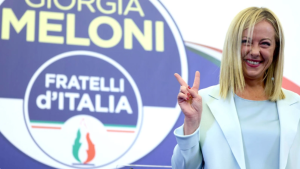
Italy Elects Conservative Giorgia Meloni as New Prime Minister
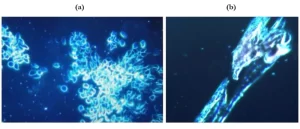
Italy: Peer-Reviewed Study Finds ‘Metal-Like Objects’ in 94% of mRNA Vaccinated with Side Effects

Polish and Italian Farmers RISE UP Against Government Elites Destroying Their Family Businesses
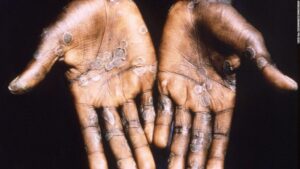
The First European Case of Monkeypox Confirmed
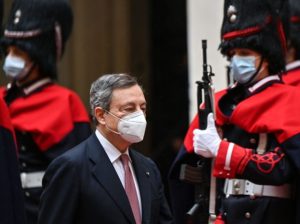
Italy to Ration Use of Air Conditioning, Heat, to Wean Country Off Russian Power

Italians Hit the Streets to Protest Mandatory Vaccine Passports

Study: Being Vegan or Pescatarian may Reduce Severity of Coronavirus by 75%
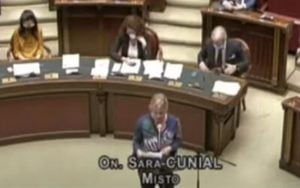
Italian Lawmaker Calls for Arrest of Creepy Bill Gates and Charges of “Crimes Against Humanity”
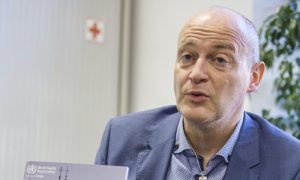
Italy Prosecutors: WHO Exec Lied About Spiked Virus Report


